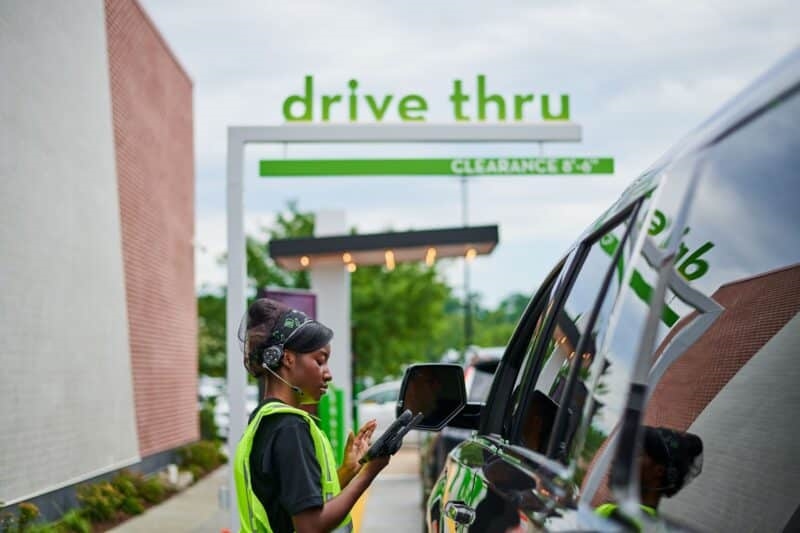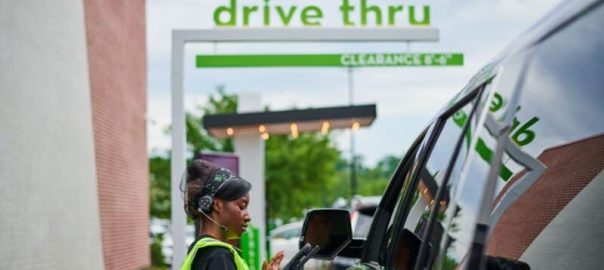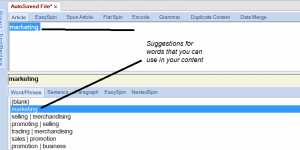The burgers and shakes chain has a winning playbook they are taking to new markets while improving existing stores.
Shake Shack, a chain that began as a single burger stand near New York’s Flatiron building, has grown to over 450 locations in the U.S. and around the world. The company refreshes the menu and customer experience with new limited-time offers (LTOs) and drive-thru ordering for guests. Behind all these changes is a close connection with customers supported by measurement and analytics tools.
When Shake Shack introduced a White Truffle Burger and White Truffle ‘Shroom Burger as a recent LTO, they listened closely to customers.
“The development of these items was based on the positive response we received from our guests about a prior LTO, our Black Truffle Burger,” said Charlie Frankievich, director consumer insights and analytics for Shake Shack. “Our guests responded equally as well to our White Truffle Burger and White Truffle ‘Shroom Burger. There is serious power in hearing and reacting to your guest feedback – our teams emphasize that approach every day in our Shacks and kitchens.”
Measuring customer experiences
Shake Shack implemented a number of customer experience (CX) and brand research tools from experience management company Qualtrics to collect real-time feedback from customers and measure brand performance against competitors.
The brand measures experience through QR codes and personalized, digital survey links that customers can click on in order to share feedback. Shake Shack can use this feedback to monitor and measure key performance indicators.
“Our teams manage guest data and feedback through multiple systems including internal and external technology, allowing for aggregate processing and faster insights,” said Frankievich. “We connect brand research, guest behavior and customer experience data to create a 360-degree view of what our guests are saying about Shake Shack, how we are delivering on those expectations, and what that means for guest behavior and likelihood to recommend Shake Shack as a restaurant of choice.”
Likelihood to Recommend is a key metric
With this 360-degree view, Shake Shack can act on guests’ behaviors and feedback at any stage of the customer journey. However, they are focused on one key metric above others, Likelihood to Recommend (LTR). Another important metric, Net Promoter Score (NPS), is an outcome of the LTR metric.
The brand uses LTR to “pressure test” changes it makes to the guest’s experience, from product packaging to digital pickup and other procedures. A positive change in any of these areas will get customers to return.
“From all our research, we know a positive guest experience drives incremental visitation,” said Frankievich. “New guests with a positive first experience at Shake Shack are 40%-60% more likely to revisit in the next six months compared to guests who had a negative experience.”
Shake Shack also knows from customer feedback that high-quality ingredients and a “feel-good experience” are brand strengths. When customers mention these values in feedback, they are three times more likely to have visited Shake Shack in the previous three months compared to those who don’t agree with those claims.
“Establishing a robust guest experience and delivering on the ‘feel-good’ experience expected from guests continue to be the most effective strategy for engaging our core guests,” Frankievich said.
Drive-thru to better customer experience
Shake Shack began as a single hot dog cart, in 2000, run out of the kitchen of restauranteur Danny Meyer’s Eleven Madison Park restaurant. Meyer helped create the Madison Square Park Conservancy, which developed the long-running original Shake Shack inside the park in 2004.
A drive-thru would have been impractical at the original location, but the chain has now expanded to 32 states and over 150 international locations amid rapid expansion in the last decade. Drive-thru ordering is an important part of breaking into new markets and strengthening existing ones with added sales.

“Domestically, we are expanding our reach in core markets around the country, pushing heavily into our drive-thru business,” said Frankievich. “This creates brand new location and engagement opportunities to meet our guests where they most prefer to order Shake Shack.”
Because drive-thrus are a newer channel for the brand, Shake Shack continues “to learn about how guests behave in this channel compared to our other channels and [is] adjusting our approach to best meet those needs,” Frankievich explained.
Frankievich added, “Enlightened hospitality has been a cornerstone of the Shake Shack success formula since the very first Shack in Madison Square Park. Our experience measurement program is the quantification of those pillars and enables our teams to effectively manage the quality of the experience across our growing Shack base.”
The post How Shake Shack measures experience and activates customer insights appeared first on MarTech.
(6)
Report Post






